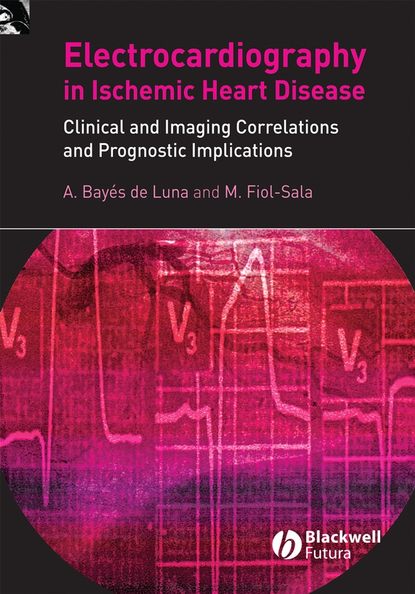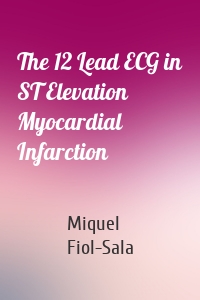
Electrocardiography in Ischemic Heart Disease скачать fb2
Miquel Fiol-Sala - Electrocardiography in Ischemic Heart Disease краткое содержание
The ECG is a fundamental diagnostic tool in cardiology, allowing accurate diagnosis and monitoring of acute and chronic ischemic heart disease. In this most comprehensive book of its kind, internationally renowned authors correlate electrocardiographic recordings with anatomical patterns of myocardial ischemia to improve the diagnosis and management of patients with ischemic heart disease. The book is structured in two sections. Part One covers electrocardiographic patterns of ischemia, injury and infarction. • Each chapter discusses a different ECG abnormality in turn, clearly explaining the ischemic insults and electrophysiological mechanisms underlying each pattern to promote rapid and accurate interpretation of the ECG in the clinical setting. • ECG abnormalities are correlated with myocardial anatomy and coronary angiography to produce a series of practical diagnostic algorithms that allow the clinician to identify not only the occluded artery but the precise location of the occlusion within the artery, facilitating appropriate therapeutic decisions. • The authors also propose a new classification of Q-wave myocardial infarctions based on imaging correlations with advanced techniques such as contrast-enhanced cardiac magnetic resonance. Part Two of the book covers the ECG in clinical practice. Each chapter focuses on a different clinical syndrome, describing the role of the ECG in a global approach to the diagnosis, prognosis and risk stratification of patients with acute and chronic ischemic heart disease and guiding clinical decision-making. Extensively referenced and illustrated throughout, this book is highly recommended for any clinician involved in the diagnosis and management of ischemic heart disease.
Чтобы оставить свою оценку и/или комментарий, Вам нужно войти под своей учетной записью или зарегистрироваться




